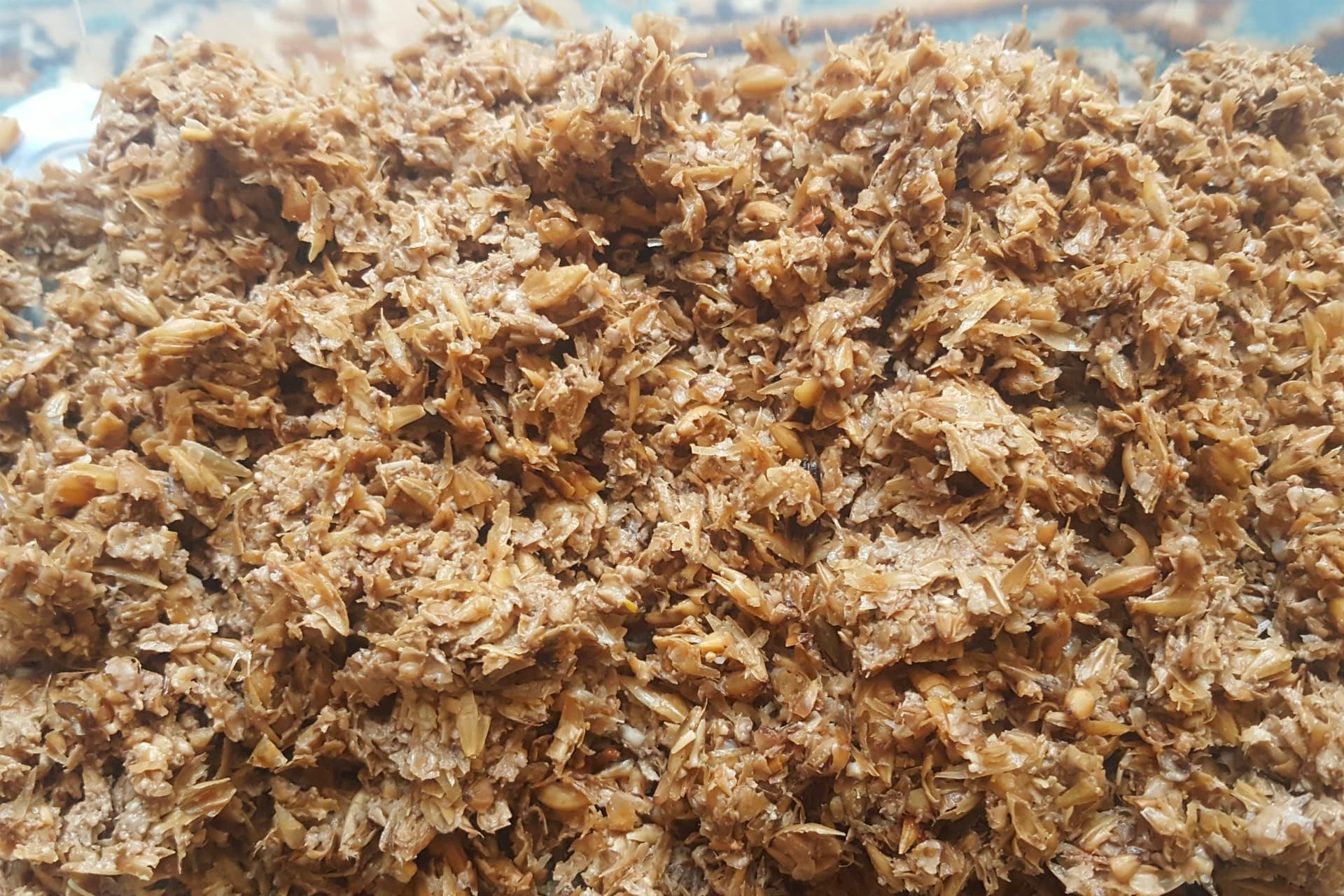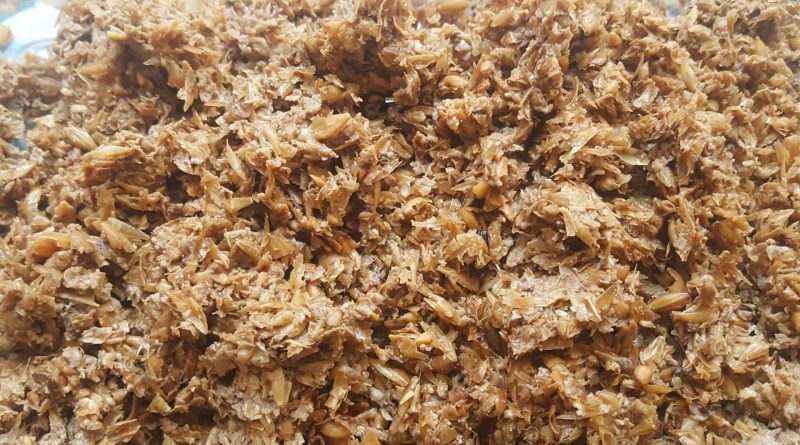Unexpected use of watermelon rind in the production of modern batteries!

New study shows that barley husk, which is commonly used as livestock feed, can be used for battery production.
According to German and Spanish researchers, barley husk, containing carbon, can be used for capacitor fabrication. The researchers have successfully used this material to produce activated carbon.
Activated carbon materials have a high internal surface area, benefit from a porous structure, and have high absorption capacity. In addition, the low price makes activated carbon materials ideal for producing energy storage electronic devices.
As Deutsche Welle reports, a group of researchers in a new study have found that barley husk waste has a considerable amount of activated carbon. This waste is usually converted into livestock feed. The extracted activated carbon from barley husk waste is used to produce electrodes in battery capacitors. These capacitors hold a lot of energy.
The significant advantage of barley husk waste is that it is abundant. According to statistics, the European Union produced nearly seven billion tons of barley husk waste in 2019. Activated carbon is currently mainly made from materials such as coconut shells, which are less abundant than barley husk waste.




